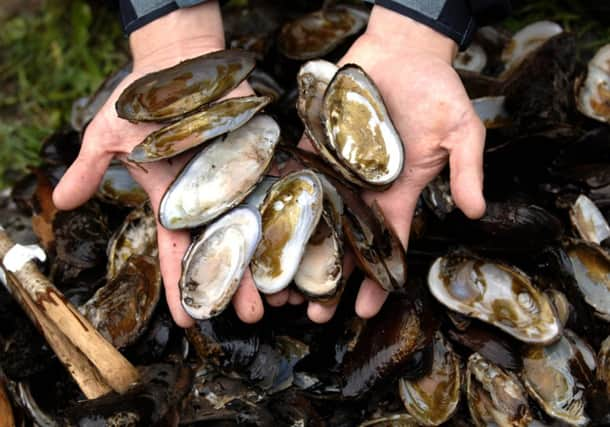Highlands shellfish warning after toxic algae found


Environmental investigators warned that eating shellfish found in Loch Ewe and the Dornoch Firth may pose a health risk.
Highland Council said commercial shellfish harvesters in the areas have suspended operations until the algae levels subside.
Advertisement
Hide AdAdvertisement
Hide AdWarning notices for the public and casual gatherers have also been posted on the shores of affected areas, where the local authority said environmental monitoring work would continue.
The council’s environmental health team said it identified raised levels of naturally occurring algal toxins following routine monitoring.
Officer Archie Lang said: “Eating shellfish such as cockles, mussels, oysters or razor fish from these areas may pose a health risk.
“As a sensible precaution, people should avoid eating shellfish from this area until further notice.
“Monitoring work continues and, when levels subside, the warning notices will be removed.”
Dr Nick Lake, chief executive of the Association of Scottish Shellfish Growers, said algae thrive in warmer, sunnier conditions.
He said: “There is a very good monitoring system in place which picks up on any risks of bio-toxins which could pose a risk to humans.
“The shellfish are perfectly healthy. They are adapted to deal with such algal blooms. It is only the risk they pose to humans that is being picked up.
Advertisement
Hide AdAdvertisement
Hide Ad“Once they reach a certain toxin level, then the producers will not harvest them.
“This latest episode is only affecting a few producers.
“The levels will reduce again and, after a short period, the shellfish basically wash themselves clean of the toxins which are a risk to humans, so will eventually be safe again to eat.
“It is so well monitored now that the risk is very low.”
The latest scare comes as the Food Standards Agency (FSA) in Scotland called for a review of rapid testing methods for detection and quantification of marine biotoxin in shellfish flesh.
They are inviting tenders to carry out a desk-based research study.
Marine biotoxins produced by certain types of marine algae can be accumulated in the tissues of filter feeding molluscs.
Toxin-related illness can occur in humans on consumption of these contaminated shellfish.
The research will recommend where future research efforts should take place to improve the techniques which are available to the industry.
It is envisaged that the project will take about three months, with a final report being submitted to the FSA no later than the end of February 2015.
Advertisement
Hide AdAdvertisement
Hide AdTwo years ago, toxic blue green algae in a loch forced organisers of a triathlon to cancel the kayak section of the event.
The water of Lochindorb, near Grantown-on-Spey, had been affected.
Some forms of the algae can cause skin rashes, eye irritations, vomiting and diarrhoea, fever and pains in muscles and joints.